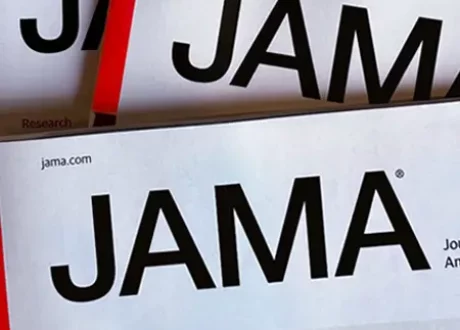Written by Jonathan Brewer
Spoon Feed
Probably. Endovascular treatment (EVT) alone was neither superior nor noninferior to intravenous (IV) alteplase followed by EVT with regards to disability outcome at 90 days after a stroke.
Why does this matter?
Asian studies comparing EVT-alone or alteplase + EVT have had conflicting results. Would there be a difference in a European population?
Power to the Brain!
This study was an open-label, multicenter, randomized trial in Europe that involved stroke patients who were direct presentations to hospitals that were capable of both providing EVT and IV alteplase. They were randomly assigned in a 1:1 ratio to either EVT alone or IV alteplase followed by EVT (the standard of care in Europe). The primary end point was functional outcome on the modified Rankin scale range (range, 0 [no disability] to 6 [death]) at 90 days.
With the 539 patients in this study, the median score on the Rankin scale at 90 days was 3 with EVT alone and 2 with alteplase plus EVT. With the adjusted common odds ratio of 0.84 (95% confidence interval 0.62-1.15; P=0.28), neither superiority nor noninferiority of EVT alone was discovered. Mortality was 20.5% with EVT alone and 15.8% with alteplase plus EVT.
What I take from this study is that this in this RCT, EVT alone makes no substantial improvement when compared to IV alteplase followed by EVT with regards to disability outcome. This is in contrast to some prior studies in Asian populations. It’s reasonable to continue to follow 2019 AHA Guidelines, which state, “Patients eligible for IV alteplase should receive IV alteplase even if mechanical thrombectomy is being considered.”
Source
A Randomized Trial of Intravenous Alteplase before Endovascular Treatment for Stroke. N Engl J Med. 2021 Nov 11;385(20):1833-1844. doi: 10.1056/NEJMoa2107727.









